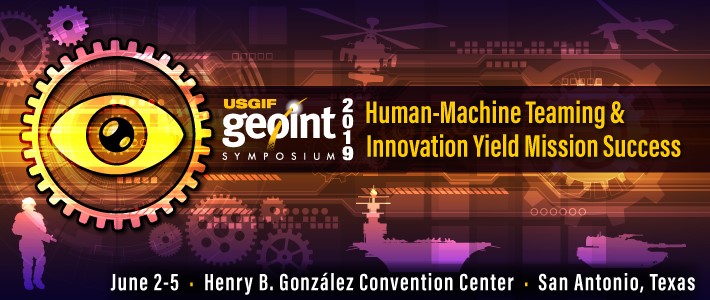 As we highlighted in the post, The Why and How of Federal Event Attendance, content is truly king. The topic is the driving force for getting people to register and attend an event. Knowing attendees are there to learn, how can event planners ensure attendees have a great experience and are able to digest and use the information presented? We've pulled together a quick tip list to think about when organizing your next event.
As we highlighted in the post, The Why and How of Federal Event Attendance, content is truly king. The topic is the driving force for getting people to register and attend an event. Knowing attendees are there to learn, how can event planners ensure attendees have a great experience and are able to digest and use the information presented? We've pulled together a quick tip list to think about when organizing your next event.
- Can you see me now - check the lighting and sight lines to make sure the audience is able to clearly see the presenter as well as their slides. If possible, test the room set up at the same time of day that your event will be happening. In rooms with ambient light, shadows shift throughout the day. Additionally, it's important to check lighting for the presenters - they should have enough light on stage to be able to read their notes but not too much that they can't see/read the audience.
- Mic check 1-2 - nothing is more aggravating than sound that is too quiet, too loud or has feedback. While there will almost always be audio glitches during an event, minimize issues by testing all microphones prior to each use and have AV support in the room should something happen during the talk.
- The presentation is in the mail - attendees are there for the content so make it available after the event. Let attendees know you will email them access to the presentations so they do not have to worry about photographing slides to refer to later.
- Spell check twice, distribute once - since slides are being disseminated, it is even more critical to spell check and proof every presentation. A typo that may get overlooked on the screen during an engaging presentation will stick out when people study the information closer on their own screens.
- Reuse and recycle - don't let the learning stop at the event. Take the content presented and find ways to share it after the fact through blog posts, videos/video clips, podcasts, infographics, and more. Doing so will broaden the reach of your event and message beyond the in-person attendees.
Let us know your ideas for how to highlight your content before, during, and after your events. Share your thoughts in the comments.




 Over the past year, there has been a shift in the way government approaches the cloud. No longer are agencies asked to go "cloud first," they are now urged to be "cloud smart." This change is not just a matter of semantics; it is a different way of thinking. Rather than choosing a cloud solution to meet mandates, agencies are examining whether the cloud is the right platform for the application or system in question. Cloud Smart also means picking the right kind of cloud - public, private, or hybrid/multi cloud to meet user, administration, and security needs.
Over the past year, there has been a shift in the way government approaches the cloud. No longer are agencies asked to go "cloud first," they are now urged to be "cloud smart." This change is not just a matter of semantics; it is a different way of thinking. Rather than choosing a cloud solution to meet mandates, agencies are examining whether the cloud is the right platform for the application or system in question. Cloud Smart also means picking the right kind of cloud - public, private, or hybrid/multi cloud to meet user, administration, and security needs.
 The
The 
